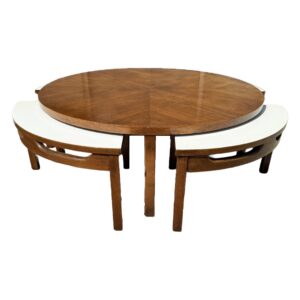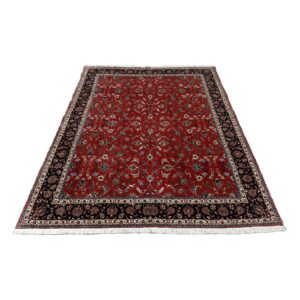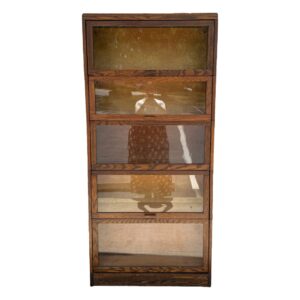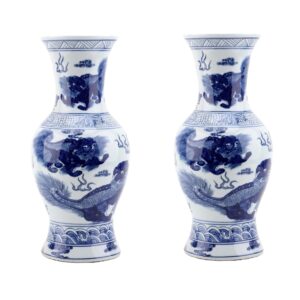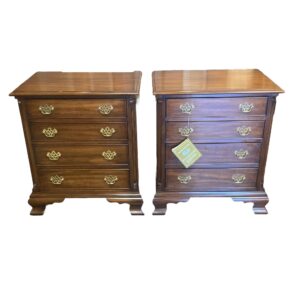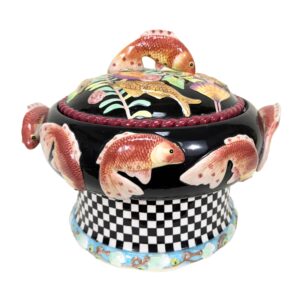Visit
- Tue – Sat: 11:00am – 5:00pm
- Sun: 12:00pm – 4:00pm
- Closed on Mondays
- 2940 Wakefield Pines Dr., Suite 105, Raleigh, NC 27614
- Get directions

As a small family-owned business, the Raleigh Furniture Gallery is able to minimize overhead to bring you the finest selection of antiques, Persian Rugs, fine art, and high end home furnishings possible.
Store Hours & Address
- Tue – Sat: 11:00am – 5:00pm
- Sun: 12:00pm – 4:00pm
- Closed on Mondays
- (919) 556-9919
- customerservice@ raleighfurnituregallery.com
- 2940 Wakefield Pines Dr. Raleigh, NC 27614
- Copyright © 2025 Raleigh Furniture Gallery. All Rights Reserved.
- Privacy Policy |
- Terms of Use



